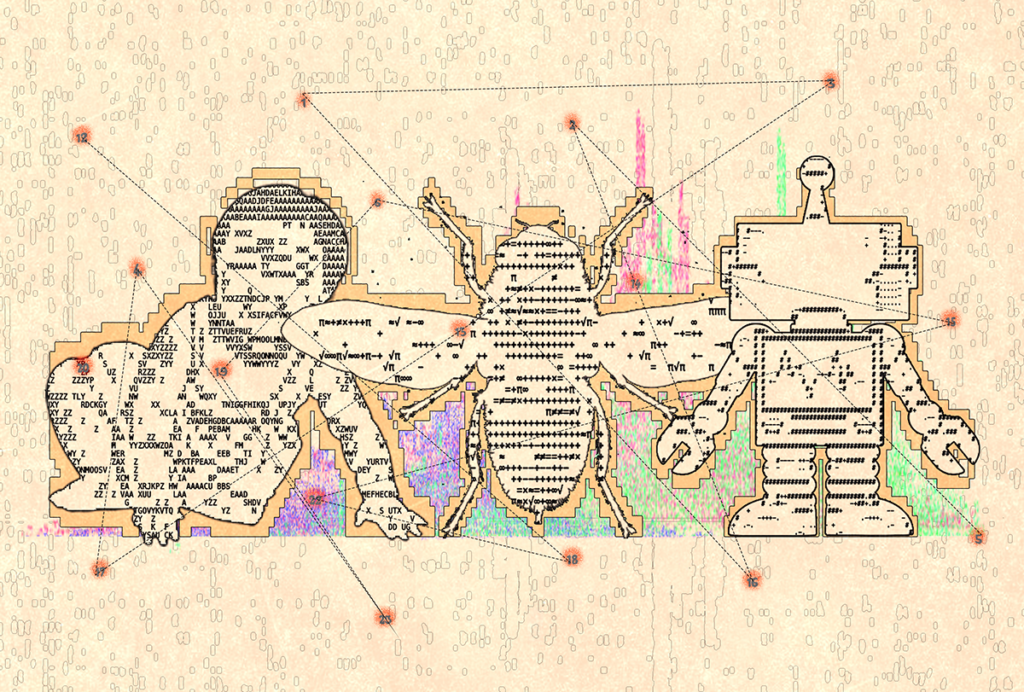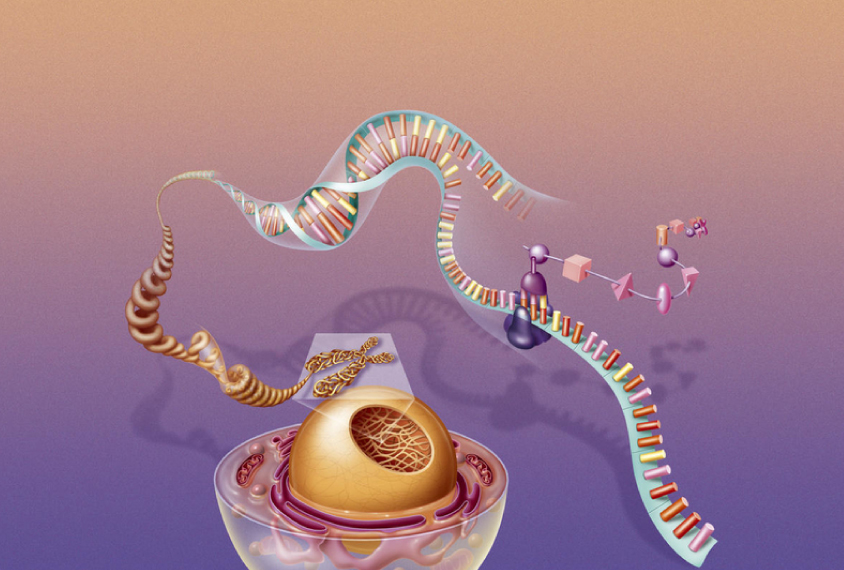
Map of DNA structure marks autism risk regions
A new map of DNA structure highlights sequences that regulate the formation of neurons in the developing brain.
A new map of DNA structure highlights sequences that regulate the formation of neurons in the developing brain1. Some of the identified regions affect autism risk.
Inside a cell’s nucleus, DNA coils around proteins like thread on a spool, creating a complex known as chromatin. Loosely wrapped DNA allows access by the cell’s gene-expression machinery. Scientists can check for open and closed configurations to learn which DNA sequences the cell is actively expressing.
Active sequences don’t only code for genes. They may serve as enhancers, which modulate the expression of distant genes, or promoters, which regulate neighboring genes. Researchers mapped the landscape of these regulatory elements across the developing fetal brain.
To make the map, they used tissue from three fetal brains at 15 to 17 weeks gestation. They focused on brain regions that would become the cerebral cortex, the brain’s folded outer layer. They separated the germinal zone, a region rich in neuronal stem cells, from the cortical plate, a region dominated by new neurons.
To find the open regions of the genome, the researchers used an established technique to break up the genome, tag the open sections and amplify them.
Sequencing revealed 19,260 possible regulatory elements in open chromatin in cells from the germinal zone and 17,803 elements in cells from the cortical plate.
The researchers compared the open regulatory regions with gene expression patterns from a previously published atlas to determine which sequences regulate genes known to be important in development.
The work defines for the first time a set of regulatory elements, primarily enhancers, that influence gene expression during the birth of neurons. The researchers published this list and the elements’ predicted target genes 11 January in Cell.
The list identifies active enhancers and promoters in the germinal zone that regulate genes involved in transforming stem cells into neurons, for example.
Seven of the target genes in cells in the germinal zone are associated with autism. The information could help researchers connect genetic variants linked to autism with molecular pathways that underlie the condition.
References:
- de la Torre-Ubieta L. et al. Cell 172, 289-304 (2018) PubMed
Recommended reading
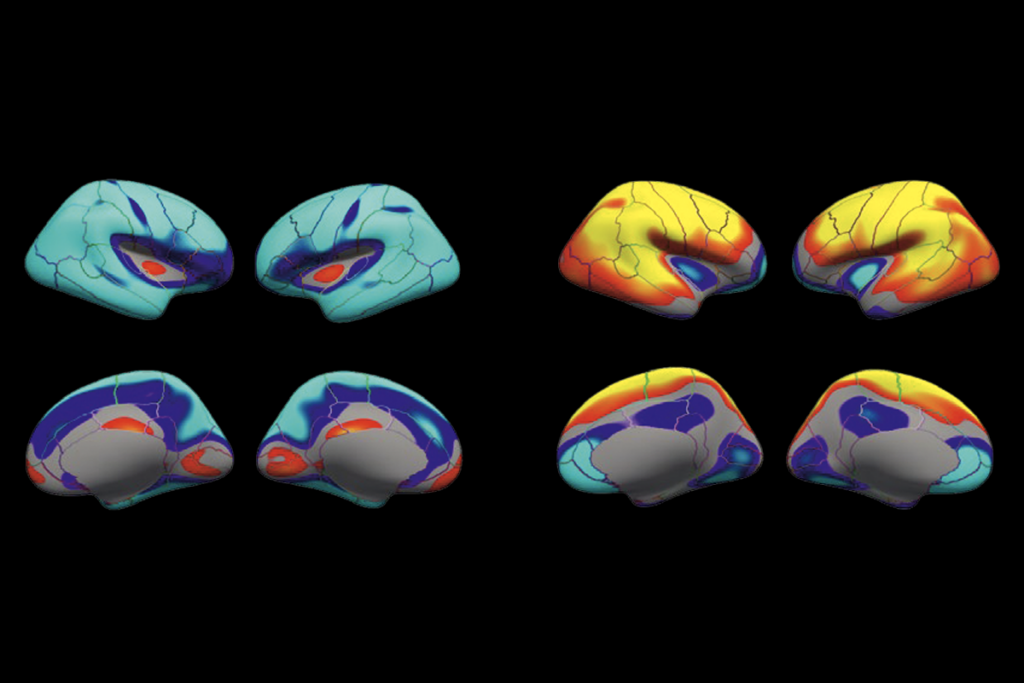
Poor image quality introduces systematic bias into large neuroimaging datasets
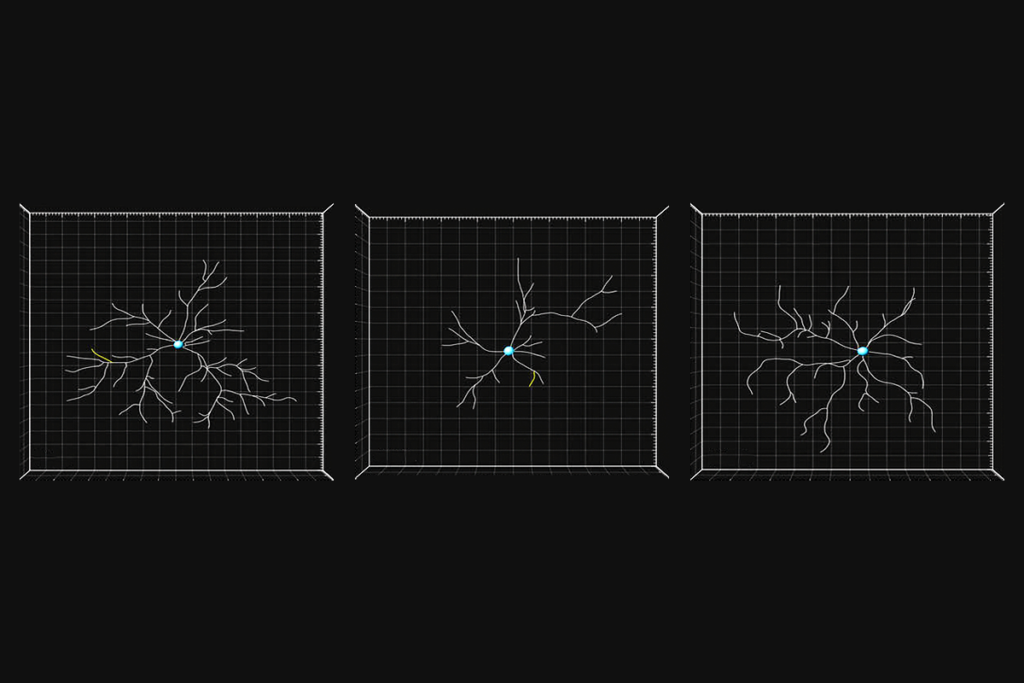
Probing the link between preterm birth and autism; and more
Cell ‘antennae’ link autism, congenital heart disease
Explore more from The Transmitter
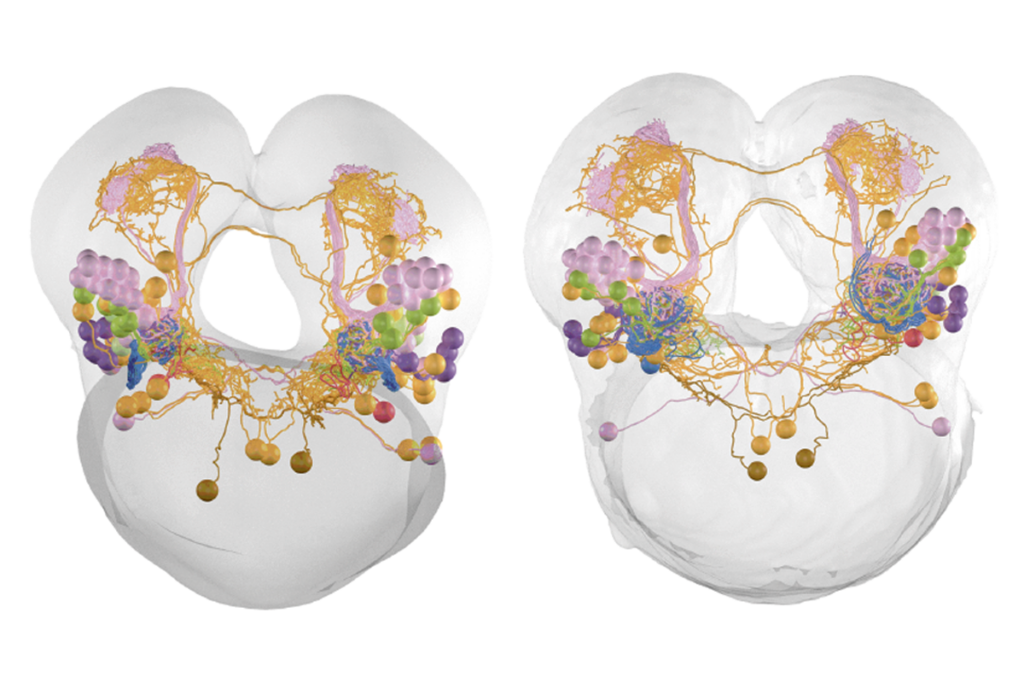
Cross-species connectome comparison shows uneven olfactory circuit evolution in flies
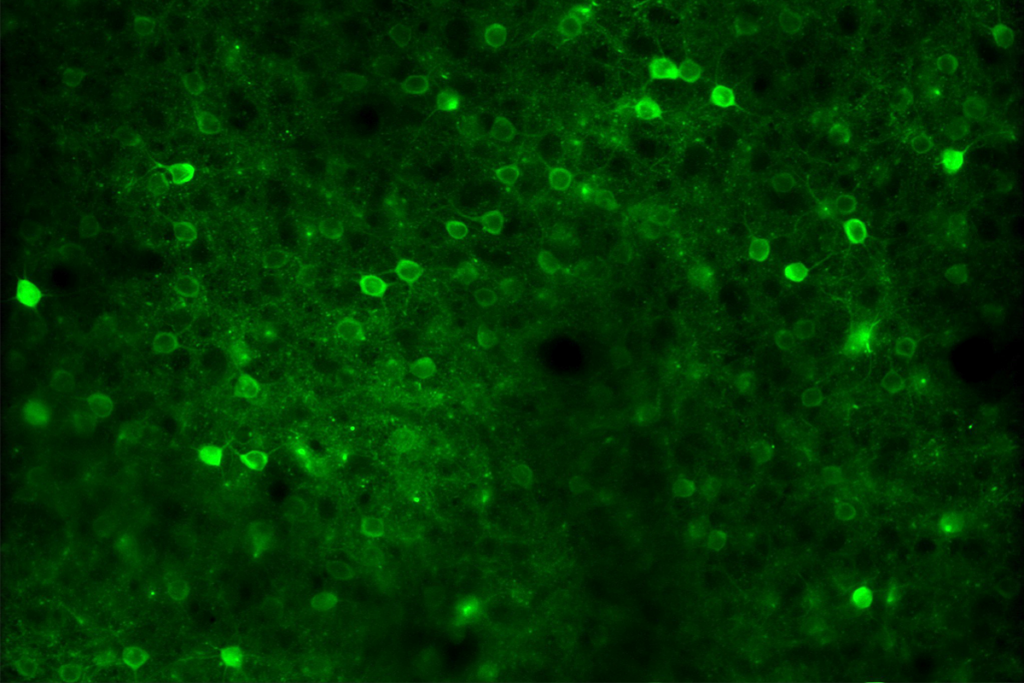
Null and Noteworthy: Downstream brain areas read visual cortex signals en masse in mice
